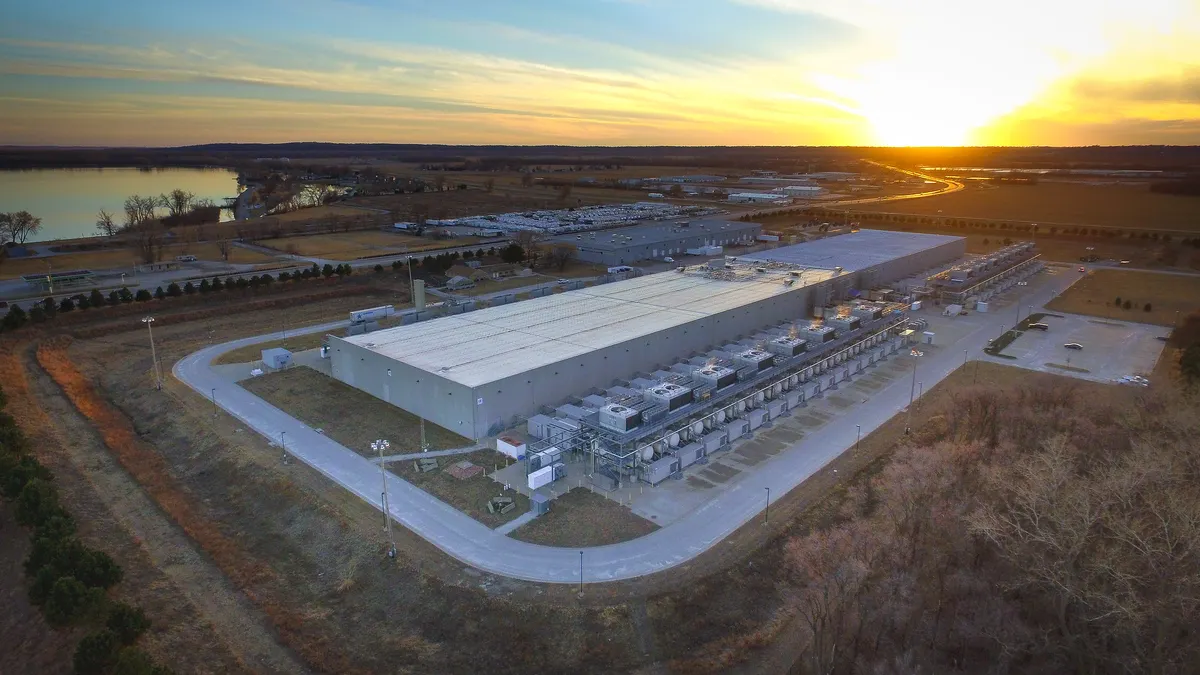The following is a contributed article by Steven Shparber, a partner in the Washington, DC office of Nelson Mullins. Shparber represents the Solar Energy Industries Association as outside counsel on RTO matters before FERC.
Last week, several Southeastern utilities announced that they are exploring the creation of a regional, intra-hour energy exchange called the Southeast Energy Exchange Market (SEEM). The announcement of the SEEM proposal has generated significant attention, with the hopes that it could be an initial step towards helping reduce Southeastern customers’ bills — which remain amongst the highest in the country — and assist with the integration of renewable energy resources on a regional scale.
While many details of the SEEM proposal remain unknown, it is important that policymakers and stakeholders recognize that SEEM is not truly an energy imbalance market (EIM). Further, the SEEM proposal should not be seen as an outright substitute for more competitive options, such as an EIM modeled after the Western Energy Imbalance Market (WEIM) or a Regional Transmission Organization (RTO).
SEEM lacks several important characteristics present In EIMs and RTOs
Today, there are several bilateral energy exchanges operated throughout the Southeast by individual utilities, and according to a Southern Company spokesperson, SEEM would appear to build on those exchanges by creating a "centralized, region-wide, automated intra-hour energy exchange." It would be a platform for participating utilities to voluntarily buy and sell power "close to the time electricity is consumed, "(in 15-minute increments), offering "real-time visibility across neighboring electric grids" for system operators.
Depending upon the particular rules that are eventually developed, SEEM may indeed help to reduce wholesale electricity costs by letting utilities that need power buy from those that already have it rather than building expensive new power plants, and could help integrate renewable resources by more efficiently utilizing existing transmission capacity across the Southeast. However, SEEM appears to lack several foundational characteristics that are present in regions outside of the Southeast that are providing substantial benefits to customers and renewable resources.
The first characteristic is independence. Independence of an electric system’s operator from the owners of resources that it is tasked with dispatching is critical because it helps ensure that resources are dispatched based on the system’s operational and reliability needs rather than upon the financial interests of any particular entity. Notably, the major EIMs in the Western states are each operated by RTOs, with the WEIM operated by the California Independent System Operator (CAISO), while the recently proposed Western Energy Imbalance Service (WEIS) would be operated by the Southwest Power Pool (SPP). There is no indication that SEEM would be operated by an RTO or any independent entity, and it appears that the utilities intend to operate it themselves.
A second key characteristic is having a market monitor. In both the WEIM and WEIS — and all of the country’s RTOs — platforms for the sale of energy are overseen by independent market monitors, who help to ensure the ongoing integrity and transparency of the markets. It is unclear whether SEEM would have an independent market monitoring function as part of its design, or if utility members plan to monitor themselves.
A third important characteristic is the scope of functions that the system operator would perform. According to a recent report by Duke University examining potential options for enhanced wholesale market competition throughout the Southeast, EIM grid operators typically handle "dispatch, transmission congestion management, pricing, settlement, and market monitoring associated with running a real-time energy imbalance market."
The paper notes that "CAISO’s EIM has a 15-minute market and a real-time market with energy dispatched in five-minute intervals. SPP’s [WEIS] is a market with real-time energy dispatch in five-minute intervals." It is unclear whether SEEM would incorporate any of these additional EIM grid operator functions that are present in the WEIM and WEIS beyond a platform for bilateral exchange of 15-minute blocks of energy.
This is important because the scope and quality of an EIM’s system operator functions will impact the amount of customer cost savings that can be expected, as well as the market’s ability to reliably integrate renewable energy resources. Further, real-time, bid-based economic dispatch is critical for ensuring that resulting prices formed in the market are transparent and fair, which gives confidence to investors and consumers alike. While this is a key design characteristic present in the nation’s RTOs and EIMs, it appears to be absent from the SEEM proposal.
Policymakers and stakeholders should continue to explore competitive options for the Southeast
While details of SEEM are still to be revealed, given what is publicly known to date, the SEEM proposal should not be seen as a substitute for competition, nor should it stop the robust discussion taking place in the Carolinas related to potential wholesale power market reforms. Indeed, a spokesman for Duke Energy acknowledged this recently when saying "[SEEM] isn't a regional transmission organization, nor does it prohibit the ability for any of the companies to form or join an RTO in the future." While SEEM could become a stepping stone towards greater market reforms in the Southeast, many of the potential benefits that enhanced wholesale competition could provide to consumers and renewable energy interests would not be addressed by SEEM, or even a WEIM-style market.
For example, as noted in the Duke University report, only approximately 5% of all energy transactions are scheduled in real-time markets, meaning the remaining 95% of energy market transactions are scheduled in the day-ahead market. WEIM and WEIS currently do not operate day-ahead energy markets (although WEIM is considering one). However, RTOs typically do operate day-ahead energy markets, which increase operational efficiencies and drive down wholesale power costs.
Further, RTOs have transparent, liquid nodal energy prices that increase price transparency in the energy market and are critical to enabling consumers and large customers to directly contract with one another for the sale and purchase of renewable energy through corporate power purchase agreements. Transparent nodal prices are not present in today’s vertically integrated markets, or even in EIMs, meaning that it is far more difficult for customers and renewables to directly and freely contract with one another outside of RTO territories.
Last, RTOs engage in coordinated planning of the bulk power transmission system, which can help to reduce customer costs by avoiding unnecessary and duplicate investments that occur when each utility operates separate and apart from one another. A better planned, more geographically diverse system can also assist in integrating more renewable energy. Neither EIMs nor the SEEM proposal would involve any form of coordinated transmission or resource planning.
While SEEM has the potential to incrementally improve the outlook for customers and renewables in the Southeast, stakeholders and policymakers should understand what it is — and what it is not. Notably, it is not an RTO, or even a WEIM-style market. Most importantly, the existence of the SEEM proposal should not stop the discussion currently taking place related to wholesale power market reform in the Southeast — and particularly in the Carolinas — as SEEM does not appear likely to significantly reduce customers’ bills or help to integrate renewables compared to other options that are available and which should be explored in more depth.





















